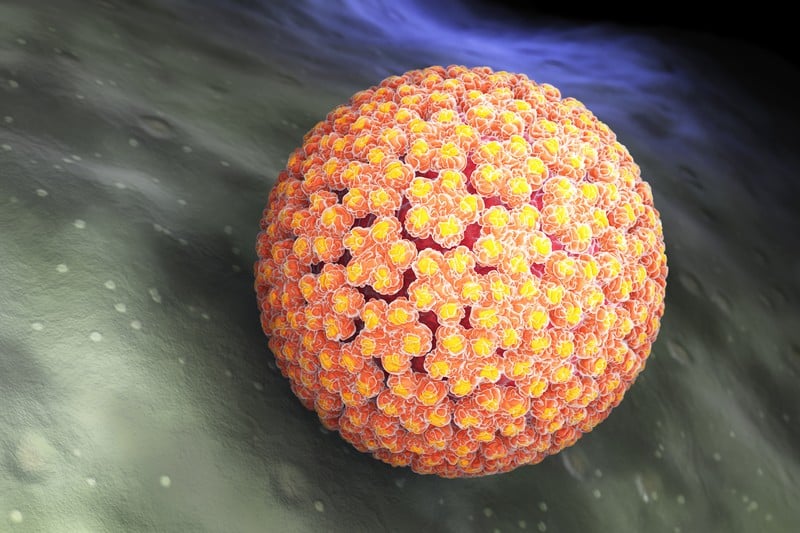Plantar warts are typically found on the bottom of the feet. But there are cases in which plantar warts appear on the heel or the underside of the toes. Unlike most types of warts, plantar warts are visible and settle to the soles of the feet, where the body’s weight is mostly collected. Some of its symptoms are pain in the affected area, especially when standing or walking. Patients also develop thick, hard skin comparable to a callus on their heels. Plantar warts may also appear as rough, grainy, and fleshy skin growth on the bottom of the foot with black dots caused by the tiny and clotted blood vessels and the interruption of lesions on the typical patterns of the skin.
There are cases in which plantar warts develop underneath the skin. This typically occurs when a thick and hard callus appears. When this happens, the diagnosis of plantar warts may be difficult. Therefore, patients are advised to consult a doctor to check if plantar warts cause an unusual callus.
Fortunately, plantar warts can be avoided. This article discusses the common causes of plantar warts that you must watch out for.
Human Papillomavirus

Direct contact with HPV, or human papillomavirus, is the main cause of plantar warts. This type of virus causes a viral infection that affects the skin by causing mucous growing membranes or warts. There are over a hundred kinds of HPV, but only a few are causing plantar warts. These viruses are also not highly contagious, but once a wart appears, it can spread and multiply easily.
Certain types of HPV lead to harmless and painless lumps or warts on the sole of the feet. However, there are cases in which plantar warts can cause extreme discomfort and pain. This is because the virus makes the outermost layer of the skin thick and hard. As a result, some plantar warts grow inside or beneath the skin, creating bumps that cause difficulty walking or standing.
Although the human papillomavirus is commonly innocuous and can go away on its own, there are cases in which it can lead to cancerous warts. In most cases, plantar warts caused by HPV go away after a few months.










